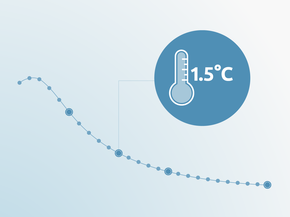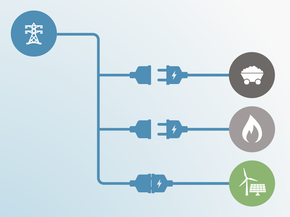Fair Share
Fair Share
We rate the Philippines “2°C compatible.” The “2°C compatible” rating indicates that the Philippines’ climate commitment in 2030 is within the range of what is considered to be a fair share of global effort but is not consistent with the Paris Agreement. This approach requires other countries to make deeper reductions and comparably greater effort to limit warming to 1.5°C.
If all countries were to follow the Philippines’ approach, warming could be held below—but not well below—2°C, and hence would still be too high to be consistent with the Paris Agreement’s 1.5°C temperature limit. The 2°C compatible category refers to the 2°C goal adopted by the Copenhagen Agreement in 2009, now replaced by the 1.5°C limit in the Paris Agreement, providing a historical reference point and bridge to the Paris Agreement compatible category rating.
Our rating of the Philippines’ NDC is based on its conditional commitment of reducing GHG emissions by 70% below business as usual (BAU) levels by 2030. The Philippines’ business as usual (BAU) scenario, against which the target is measured, has not yet been published as of November 2017 and the government has shared no details explaining how the NDC target relates to the LULUCF sector, nor how this will be quantified. For the quantification of the conditional NDC target, we thus apply the reduction target to the current policy projections as estimated by CAT and assume that emissions excluding LULUCF would also be reduced by 70% below a BAU.
The conditional NDC target falls into the “1.5°C compatible” category. Given the conditional nature of the NDC target, we downgrade the target by one category to “2°C compatible.”
If the CAT were to rate the Philippines’ projected emissions levels in 2030 under current policies, the Philippines would also be rated “2°C compatible.”
For further information about the risks and impacts associated with the temperature levels of each of the categories click here.
Further analysis
Latest publications
Stay informed
Subscribe to our newsletter





